
Asti is a charming town in the Piedmont region of Italy, an undiscovered treasure that provides visitors with a unique combination of history and culture. Known for its picturesque landscapes and rich heritage, there are a lot of buildings to visit here. Set among rolling hills and vineyards, Asti is known for its sparkling wines and often referred to as “The Land of Asti Spumante”. Wine lovers can go on a wine tasting tour, visiting the numerous vineyards and breweries that decorate the rural landscape. Local winemakers proudly produce some of the best wines in Italy, ranging from crystal whites to full-bodied reds.
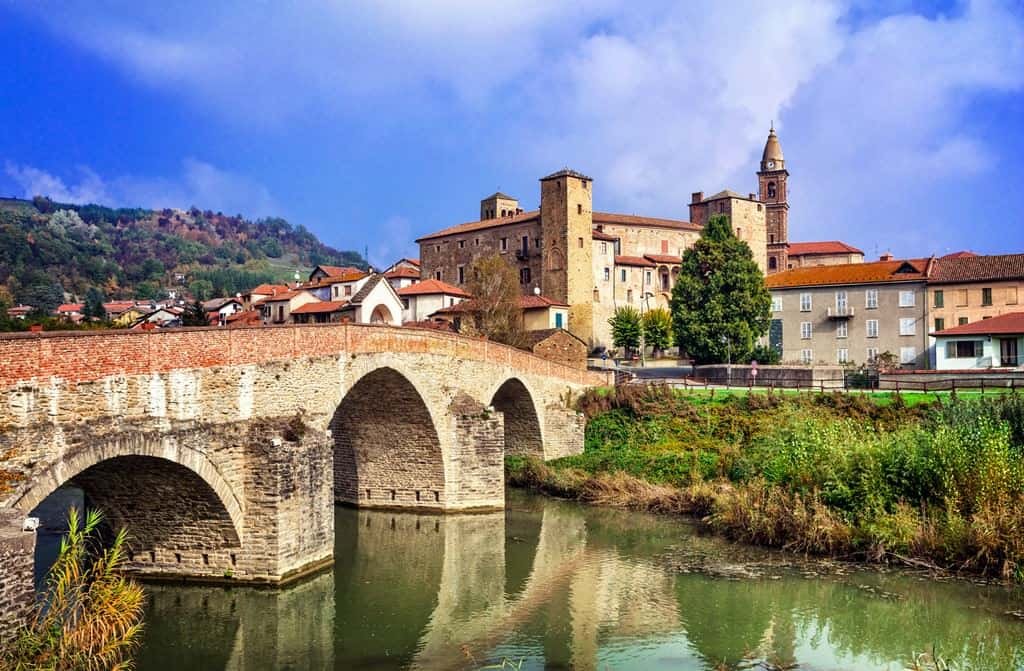
MONUMENTS:

Asti Cathedral
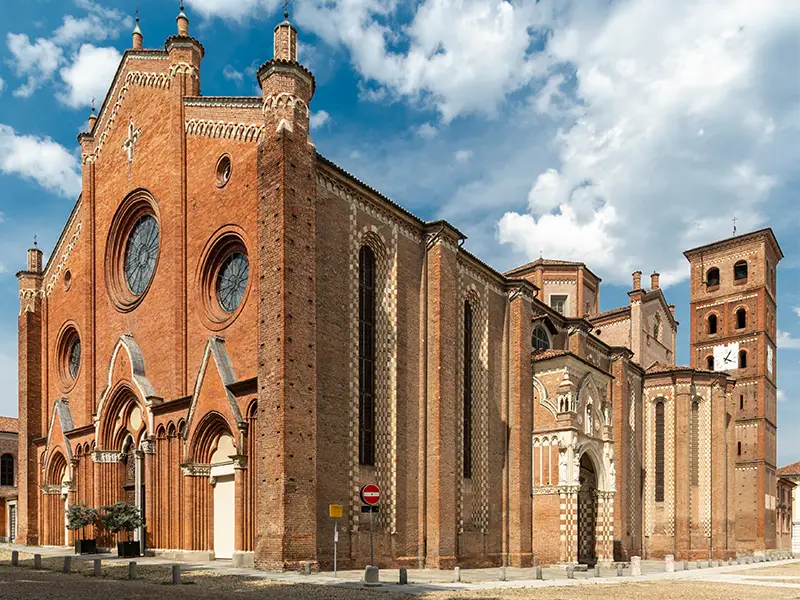
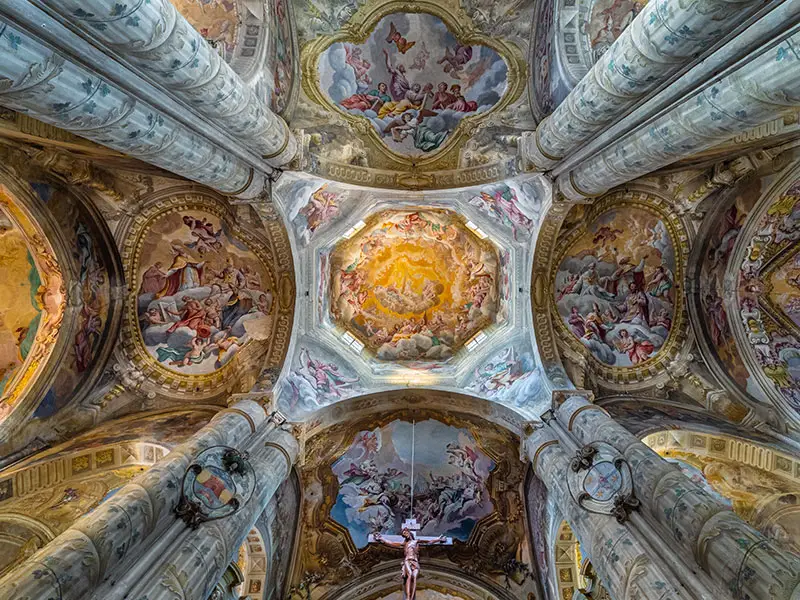
Asti Cathedral (Italian: Cattedrale di Santa Maria Assunta e San Gottardo), the episcopal seat of the Diocese of Asti, is the Roman Catholic cathedral in Asti. Dedicated to the Assumption of the Blessed Virgin Mary and Saint. Gotthard, 82 m long and 24 m high and wide, is one of the largest churches in Piedmont, the highest expression of the region’s Gothic architecture and one of the best examples of the Romanesque Lombard style noticeable in northern Italy.
Collegiate Church of San Secondo
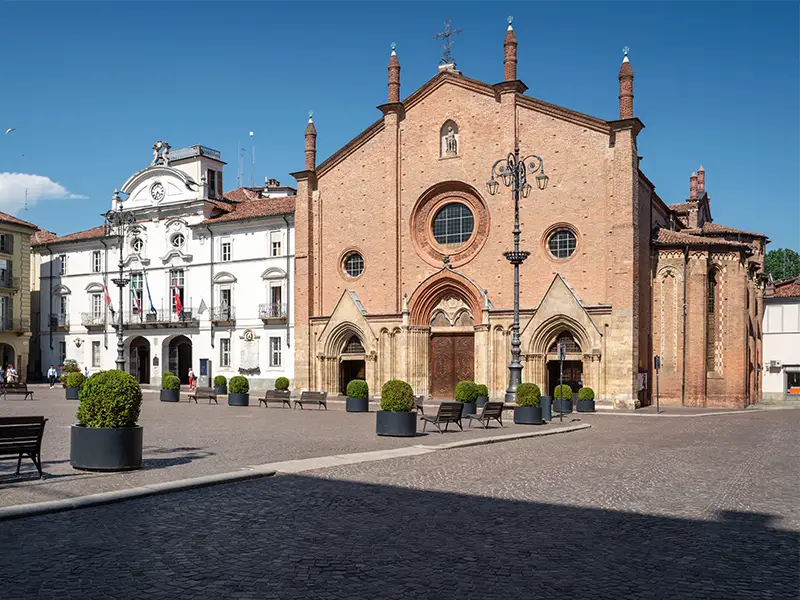

CHIESA DI SAN SECONDO it the church oldest in the city of Asti, was built just outside of the Roman town walls where the Longobardian “curtis” was located, in the square where the main shops are and where the market is held. The history of this Gothic building has not been fully documented. The first documentation mentioning it, dates back to the 19th century, while major archeological finds recently brought to light document a crypt as well done in the Romanesque style. The present building dates back to 1256, while the façade done in terracotta is of a later date, built around 1462.
The church, subdivided into three naves with twelve columns that support arches and cross vaults, preserves works of great artistic value by painters from the 16th and 17th centuries. The reliquary preserves the bones of the patron saint – to whom the city residents are particularly devoted, while one of the chapels has the Carroccio (a wagon carrying the flag of a medieval Italian free city), the symbol of the City, which is celebrated as it’s pulled by three pair of white oxen during the Palio di Asti.
Torre Troyana

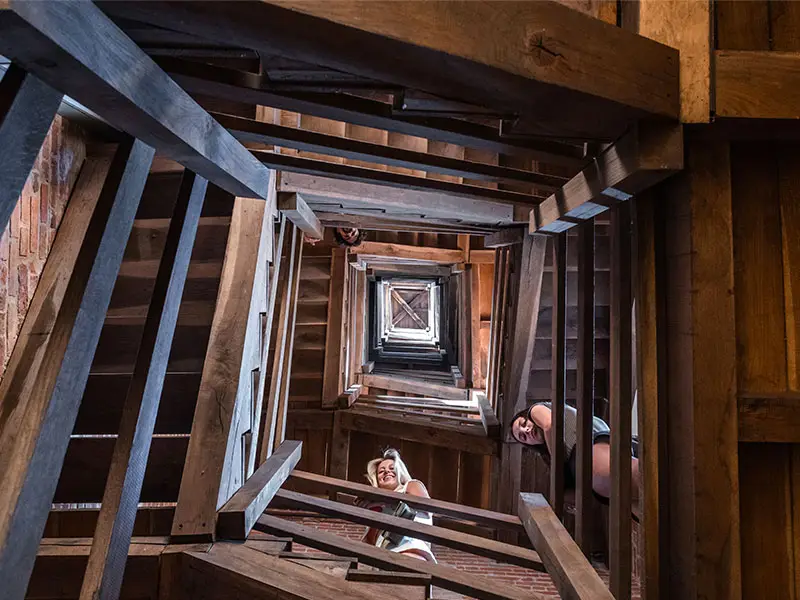
By the end of the 13th century, this region had become one of the richest in Italy, and over 150 towers were built in Asti alone. Of the 12 that remain, only this one can be climbed. Troyana is a 38-meter tower dating back to the 12th century. The clock was added in 1420.
Torre Troyana is a tower and one of the main symbols of the city. It is a free-standing bell tower where the daily hours were signaled.
Crypt and Museum of Sant’Anastasio
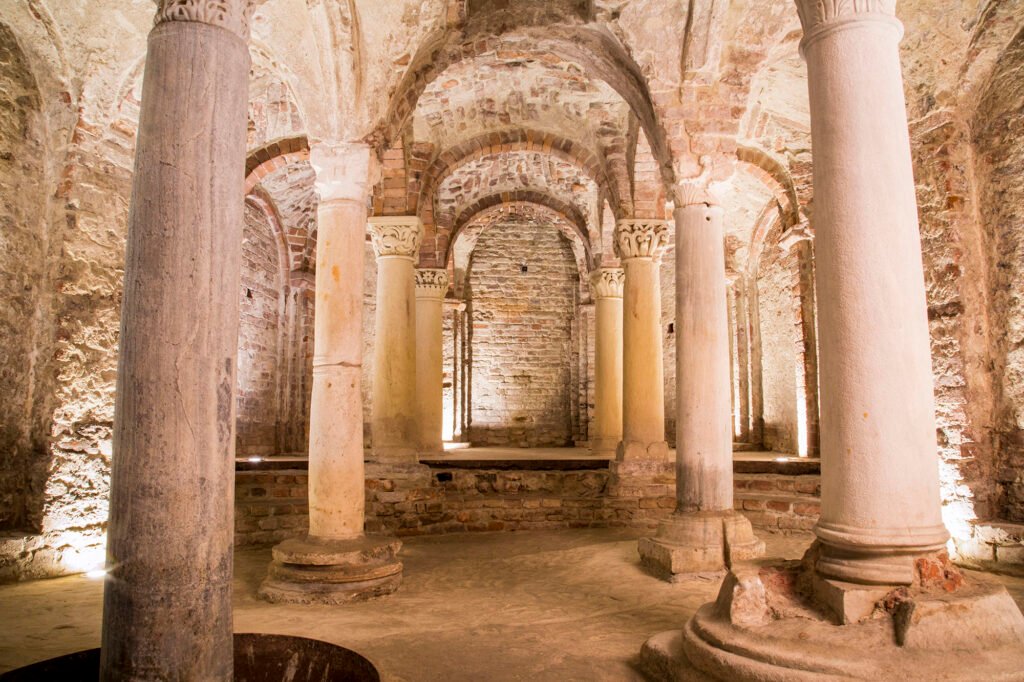

The complex of Sant’Anastasio is one of the treasure of Asti. Visiting it literally means immersing yourself in the most ancient history of the city. In this suggestive underground space you can still see the remains of the Romanesque church dedicated to Sant’Anastasio, which starting from the year 1000 became the seat of an important female monastery. An unmissable place is undoubtedly the crypt, but the real wonder is being able to interpret the traces of time that intertwine in this site, and which have their roots in the Lombard and even Roman eras.
Museo Diocesano – spazio San Giovanni
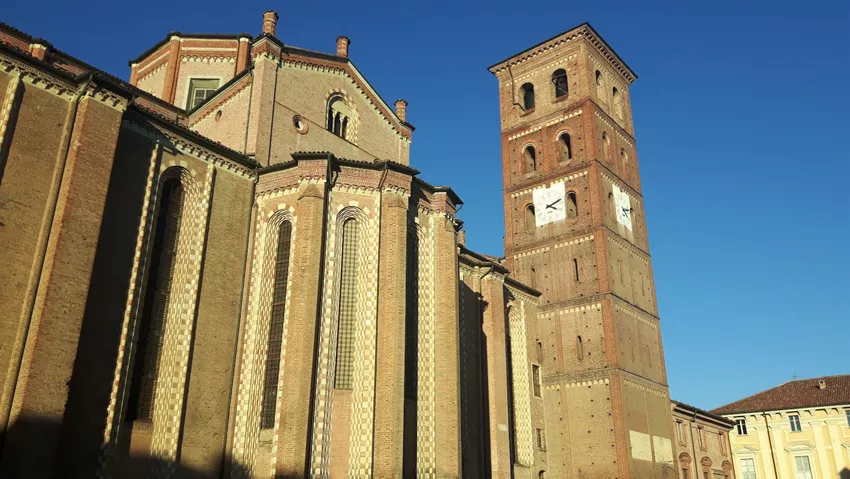
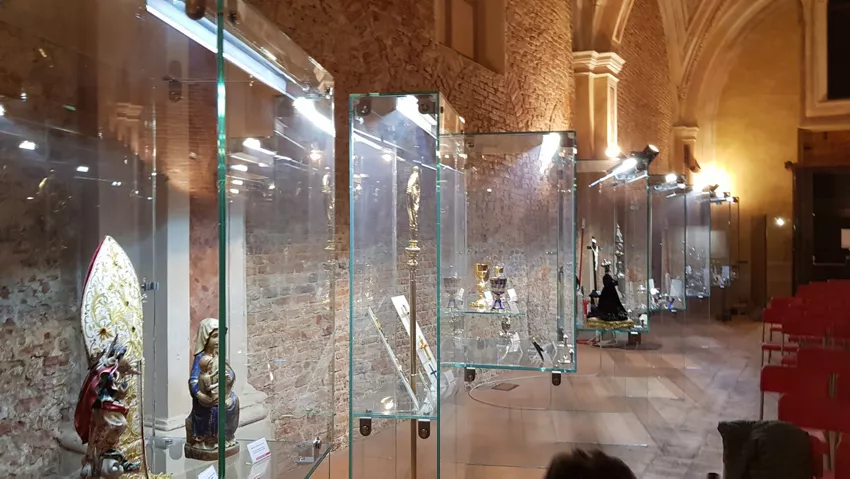
The Diocesan Museum of Asti is a museum space, opened to the public in 2010 with the aim of preserving the artistic heritage of the Asti diocese. Located in the hall of the former church of San Giovanni, in the larger complex of the Cathedral of Santa Maria Assunta, the museum is still nearing completion. The exhibition spaces are used periodically for temporary exhibitions. The works on display come from the Cathedral of Asti, the Collegiate Church of San Secondo and the other churches of the Diocese which have chosen this exhibition space to conserve their valuable liturgical objects.
Palace Alfieri

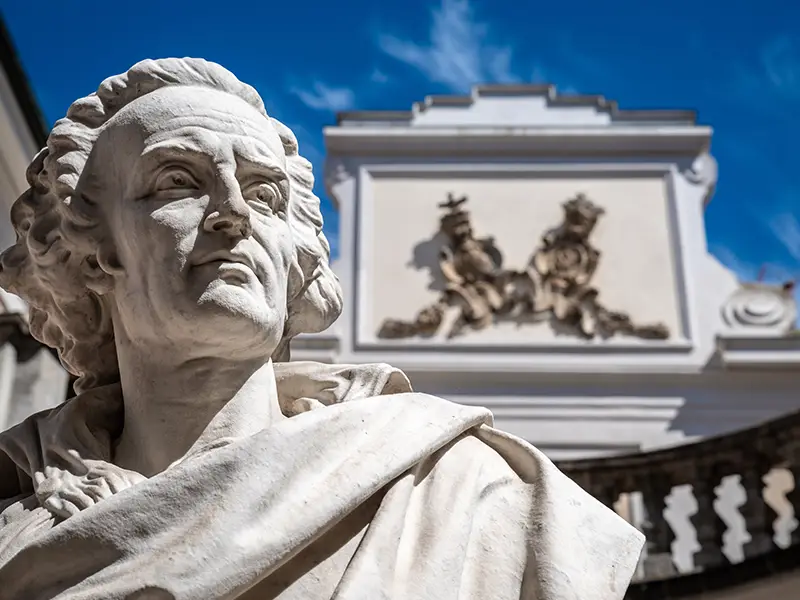
Palazzo Alfieri is the birthplace of the famous poet Vittorio Alfieri (who was born here on 16 January 1749), but also the headquarters of the Center for Alfierian Studies and the Eugenio Guglielminetti Foundation, which displays the art collections and works by one of the most important set designers of the second half of the twentieth century. A visit to its historical and artistic heritage allows you to discover some of the characters who contributed to giving prestige to the name of the city.
Museum of the Risorgimento
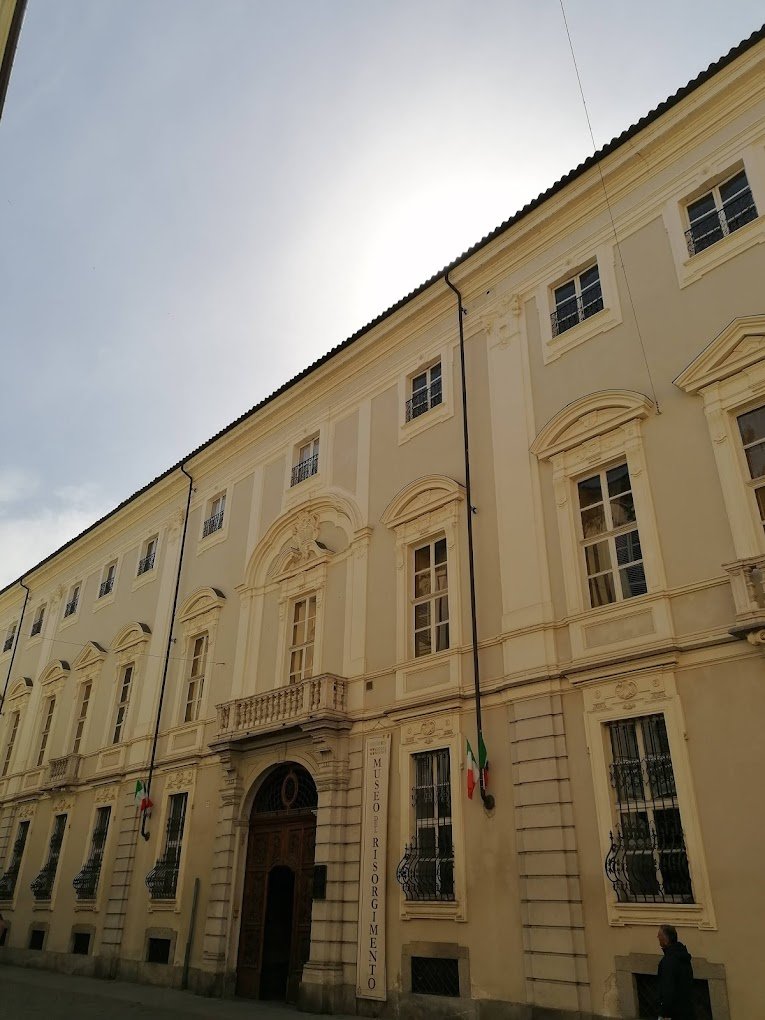
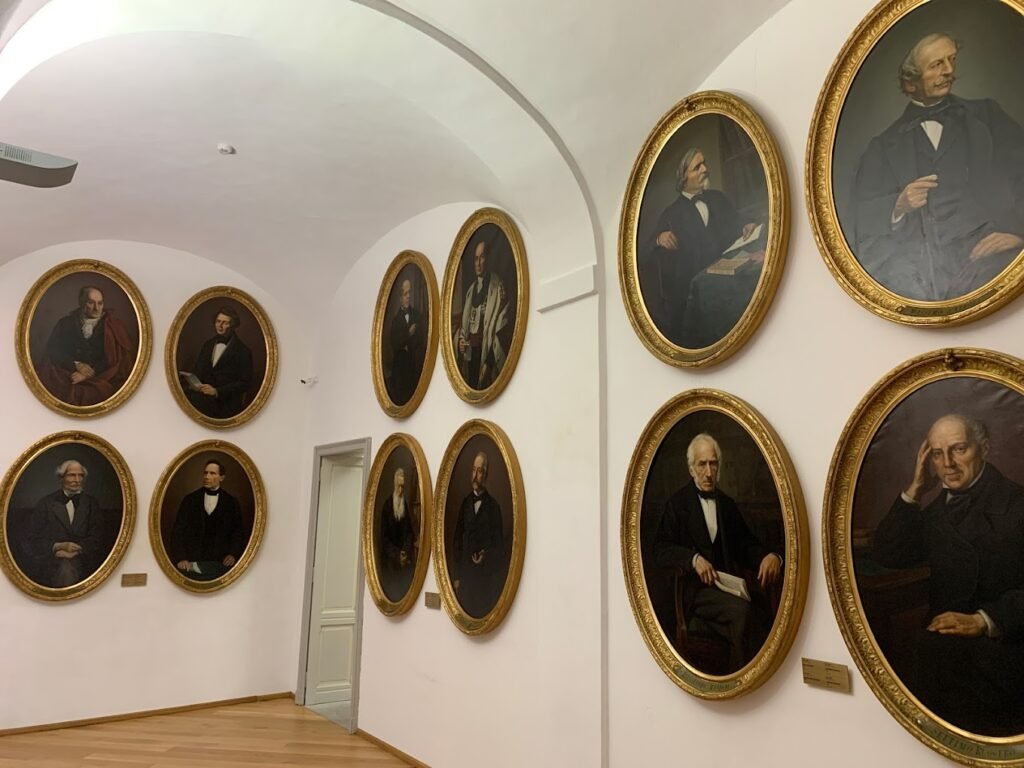
Museo del Risorgimento is an exhibition space located in Asti at Palazzo Ottolenghi. It is dedicated to the Risorgimento and contains finds that date from 1797 (year of proclamation of the Astese Republic) to 1870 (capture of Rome). The collections are completed by testimonies from the First and Second World Wars.
Territorial Paleontological Museum of Asti
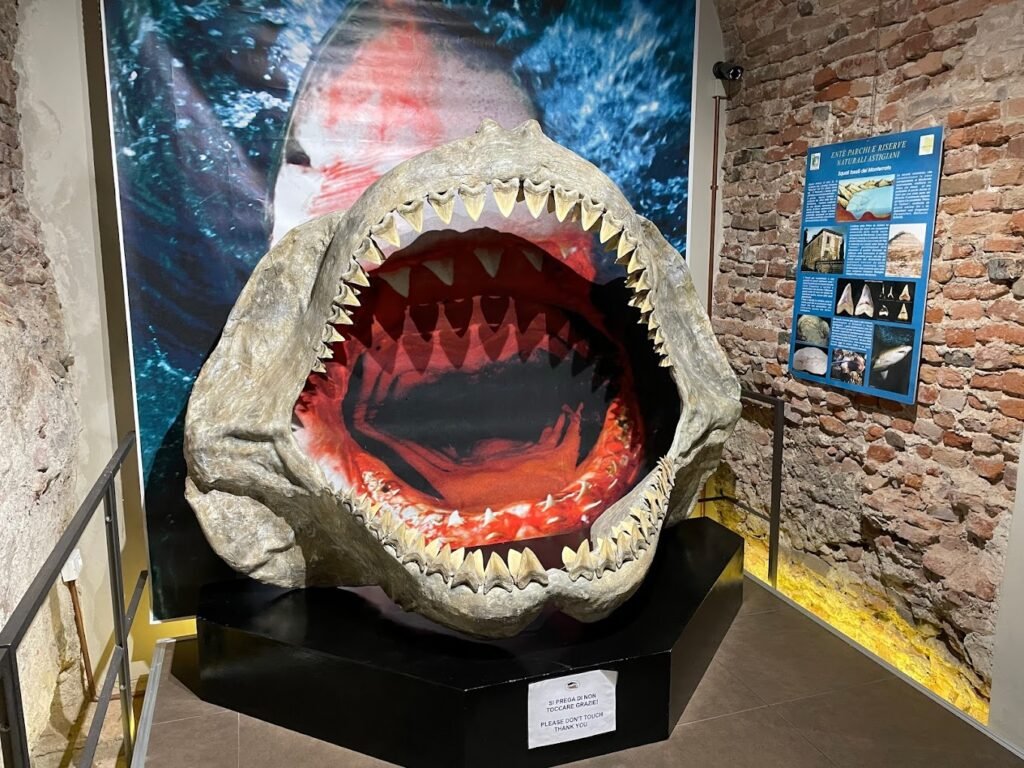

Museum housed in the ancient “Palazzo del Michelerio,” dating back to the 16th century and once a monastery, the museum now stands as the guardian of the natural history of the area. As you walk through the rooms, you are taken on a journey through time ranging from the Miocene to the Pliocene, with a particular focus on the organisms that inhabited the region, such as mollusks.
In the second section, fossil remains of cetaceans, both whales and dolphins, transport you back to a time when the Po Valley was submerged under the waves of the sea. And as you walk among the display cases, you can’t help but stop to admire the marine tank, which holds over 3000 liters of water hosting corals of various shapes and colors, evoking the biodiversity of that Padano Sea millions of years ago, as warm as today’s tropical seas.
Church of Santa Maria Nuova



Church of Santa Maria Nuova: Overlooking Corso Alfieri, the church stands in the east of the city, in the square of the same name that houses the statue of Federico Cotti di Ceres, descendant of an illustrious local family from Asti. The name “nuova” (new) was added to the name of the church to distinguish it from the older Cathedral, also dedicated to the Madonna and from the Chiesa di S. Maria (Church of St Mary).
Church San Giuseppe

Embedded in the main square of San Damiano d’Asti, there is a church of San Giuseppe, an example of eighteenth-century Piedmontese baroque, is a true dive into history. This building, for centuries, has been the home of the Confraternity of San Giuseppe, not to be confused with the Company of the Angels, founded in 1563. Unfortunately, details about its history are scarce due to the loss of ancient documents during the French.
